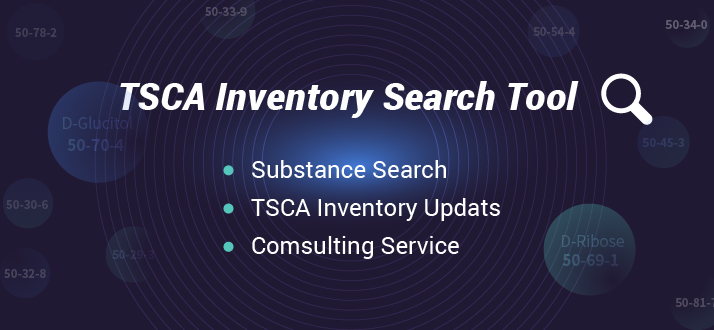Non-testing methods service
Non-testing methods including QSARs and read across are regarded as potential approaches to support the risk assessment of chemicals for generating information on the intrinsic properties of chemicals. They are all based on the notion that similar compounds (usually structurally similar chemicals) have similar activities, which can be predicted based on chemical structure or analogue chemicals. Traditional experimental measurements of toxicity are usually costly and violating the 3R principles of animal test. Thus, non-animal methods are encouraged to fill in data gaps by Organization for Economic Cooperation and Development (OECD) and United States Environmental Protection Agency (US EPA), and regulatory frameworks are providing an increasing responsibility to use such methods. Read-across is probably the simplest tool to reduce animal testing under the regulatory. In read-across, one or more properties of a chemical of interest are inferred by comparison to a similar chemical or chemicals, for which the properties of interest are known. QSARs are theoretical mathematical models that relate a numerical measure of chemical structure (e.g. a physicochemical property) to a physical property or to a biological effect of molecules. They are sometimes called “in silico models” because they can be applied by using a computer. Over the past 30 years, many OECD member countries have established QSAR tools to provide exposure and effects inputs in ranking and prioritization schemes for in vivo screening and testing programs. Under the current EU legislation for new and existing chemicals and biocidal products, the application of QSARs, such as for bioconcentration and has been used widely, and will play an important role in the future. In the United States and Canada, QSARs (and read-across) are also used for regulatory purposes. In the USA, more than 40,000 new chemicals have been assessed by the US EPA using QSARs. Risk assessment based on non-testing methods with in vitro toxicity assay programs or optimised in vivo animal testing is an important procedure to reduce animal tests and increase the accuracy of data set under the legislation. In the field of toxicological and eco-toxicological evaluation of impurities, read-across and QSAR models have been considered as an efficient method to fill the data gaps. These data will then be very useful for screening-level assessments of chemical product safety.
Our Service Includes:
>> Analysis impurity toxicity
>> Predict testing results
>> Calculate substances properties, including physical chemical, human health toxicology, eco-toxicology, environmental fate and behavior
>> Develop QSAR models
ChemLinked Pesticide Portal was created by REACH24H to meet the massive unanswered demand for quality and dependable China and Asian pesticide regulatory and compliance information. ChemLinked boasts a multidisciplinary team of scientists, compliance specialists and language experts backed by the vastly experienced technical teams at REACH24H ensuring our customers get the most authoritative information and dependable consultancy from the most experienced chemical regulatory experts.
At ChemLinked, we leverage our geographical and language advantages to bring you unparalleled access and up-to-the-minute coverage on Chinese crop protection issues all backed by a comprehensive regulatory database and act as a bridge connecting foreign and domestic interests with the information and services they need to comply with regulations and access China’s and Asia Pacific lucrative markets.
A wealth of resources available on pesticide portal:
- Agropedia
- News
- Customized Report and Analysis
- CPAD Query Service
- Regulatory Database
- E-book
- One-to-One Expert Consultation Services
- Compliance Services
For more information of Chemlinked Pesticide Portal, please click
